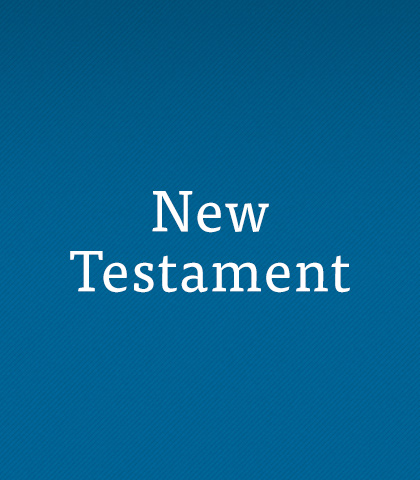A Postcard to Philemon
Paul’s letter to Philemon has great practical value for us today. It teaches us about giving others second chances, the equality that believers have in Christ, and the power of the Gospel to transcend cultural and socioeconomic boundaries. In short, Paul’s postcard to Philemon reminds us about grace.


